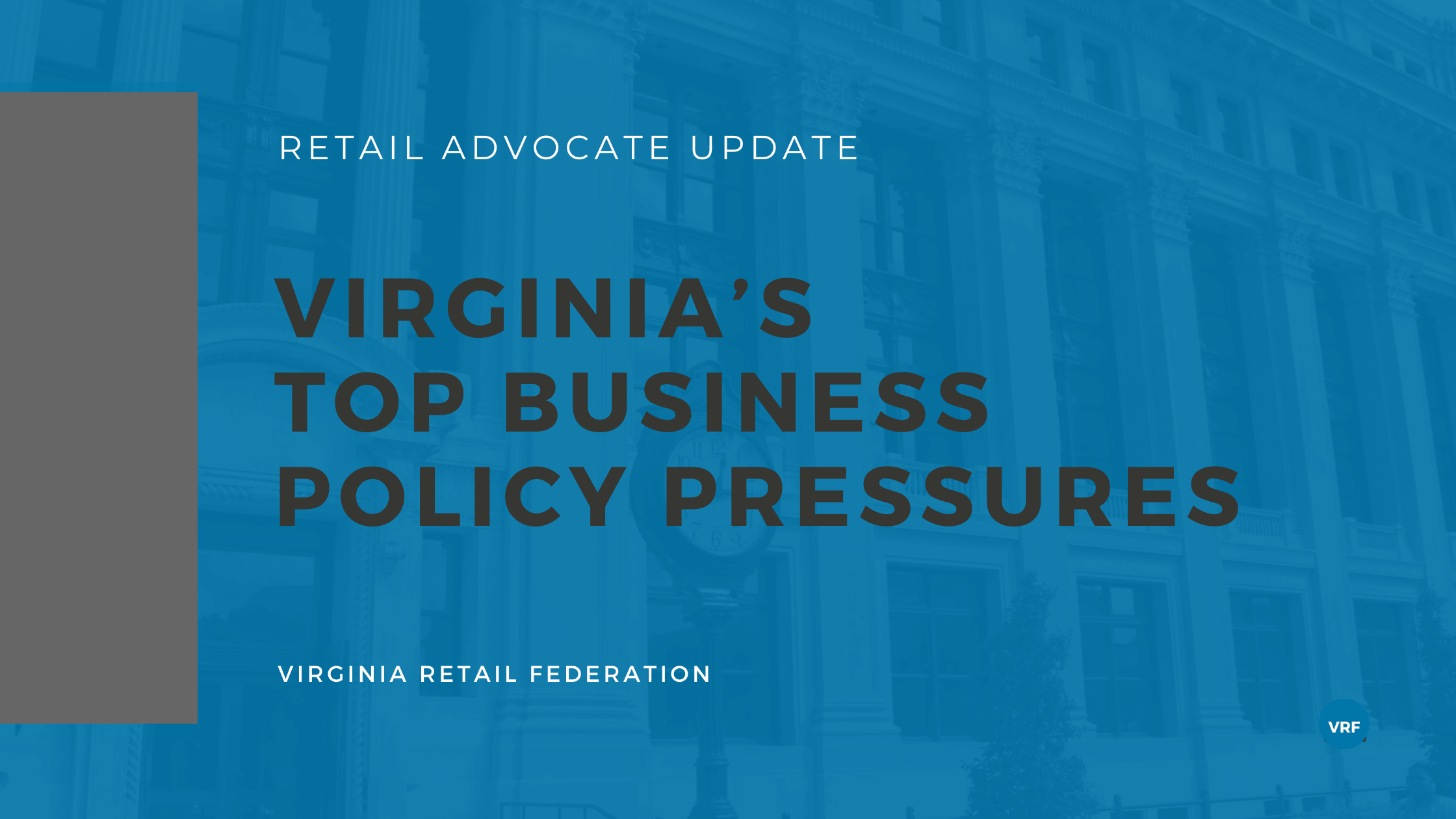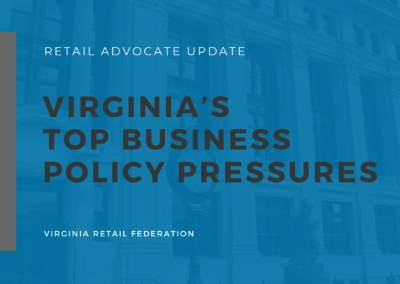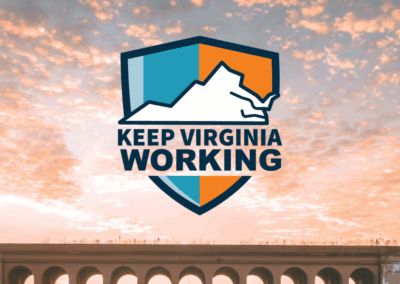In our ongoing look at the biggest policy pressures for Virginia businesses, paid leave stands out as one of the most active areas of debate. With more than 50 bills filed in 2025, this issue will likely return in 2026 and could reshape how businesses manage costs and staffing.
Overview
Paid leave remains a top policy priority at the Virginia General Assembly. In the 2025 Session, legislators introduced 51 bills on this issue. Of those, 6 advanced that would have had significant implications for Virginia employers.
The bills we tracked
The common theme
While details differed, most bills included:
- Expanded eligibility for family and medical leave, including for smaller employers.
- A state-administered insurance fund, with contributions from employers, employees, or both.
- Job protection provisions to guarantee a position is available when an employee returns.
- Defined benefits, such as up to 12 weeks of paid leave with partial wage replacement.
What this could mean for businesses
If passed, proposals like these could reshape how Virginia businesses manage leave:
Payroll contributions
- SB 1122 envisioned a state-run fund supported by both employers and employees.
- The bill did not specify a contribution rate—those details would come later through regulation.
- In other states, rates typically range from 0.25%–0.75% of payroll, split between employer and employee.
Extended time off
- Many proposals aligned with up to 12 weeks of paid family or medical leave.
- For a business with lean staffing, a 3-month absence could mean temporary hires, reduced capacity, or heavier workloads for remaining staff.
Job protection mandates
- Even businesses not covered by federal FMLA could be required to hold positions open for employees returning from leave.
Administrative responsibility
- Employers would need to track eligibility, report wages, and coordinate benefits with the state program, similar to unemployment insurance reporting.
Why this matters now
Although none of these bills became law in 2025, their progress shows strong legislative interest. Paid leave will almost certainly return in the 2026 Session, and the outcome of upcoming elections could shape which proposals advance.
How to prepare:
- Review existing leave policies and compare against a 12-week standard.
- Run financial scenarios using contribution ranges from other states.
- Consider staffing strategies to cover extended absences.
- Engage with policymakers to share how proposals could impact your business.
Bottom line: Paid leave legislation is likely to resurface. Understanding how similar programs work elsewhere gives Virginia businesses a head start in preparing for potential mandates.
This article is part of our series on the top policy pressures shaping Virginia’s business climate. Follow along as we continue to break down what these changes could mean for your business.




